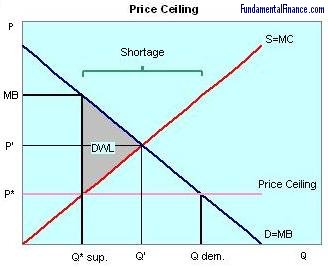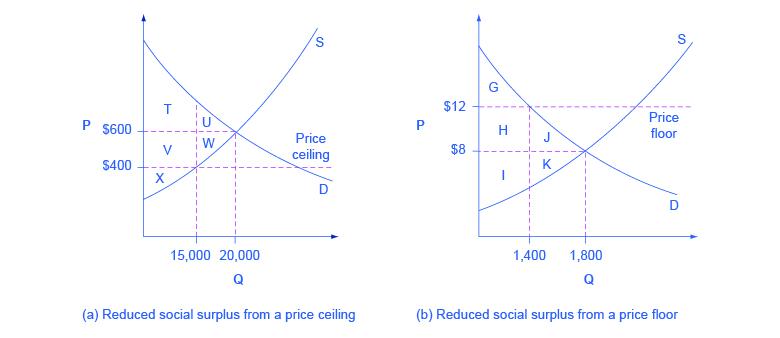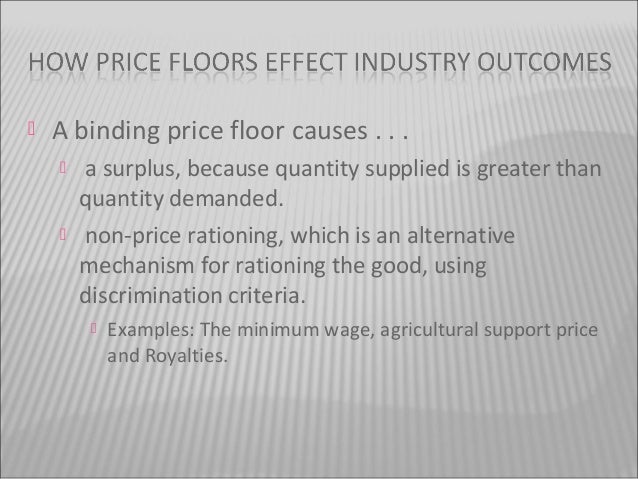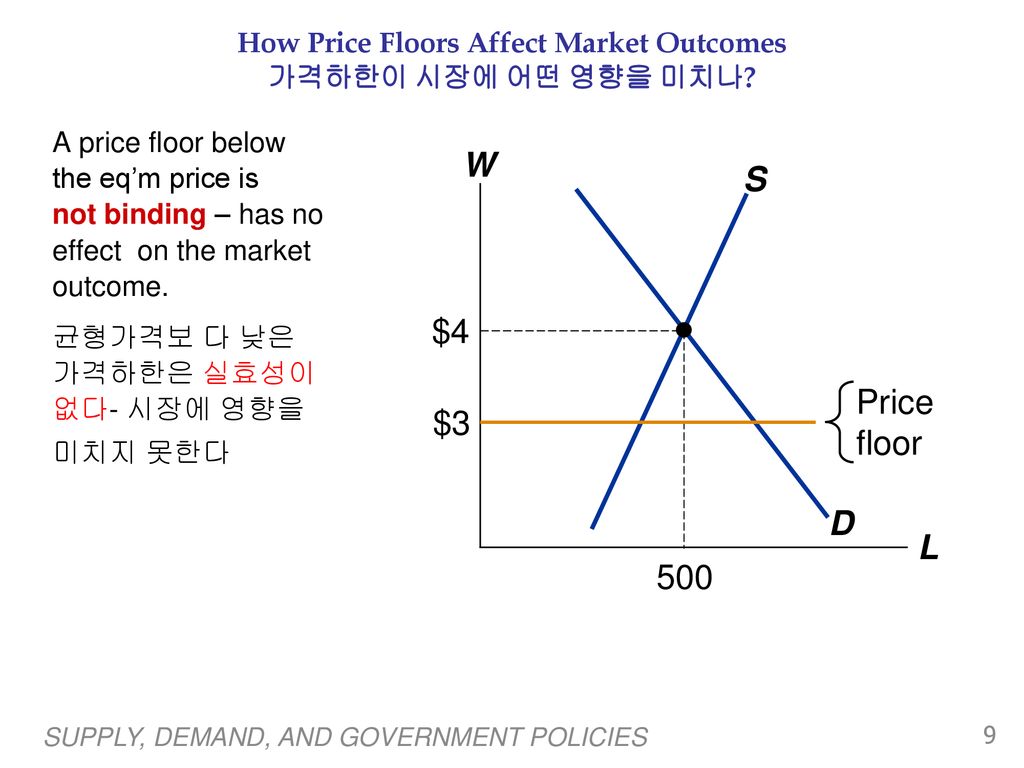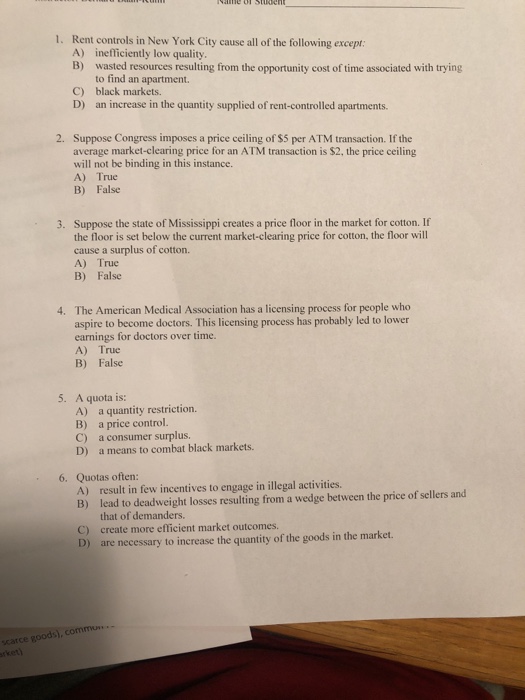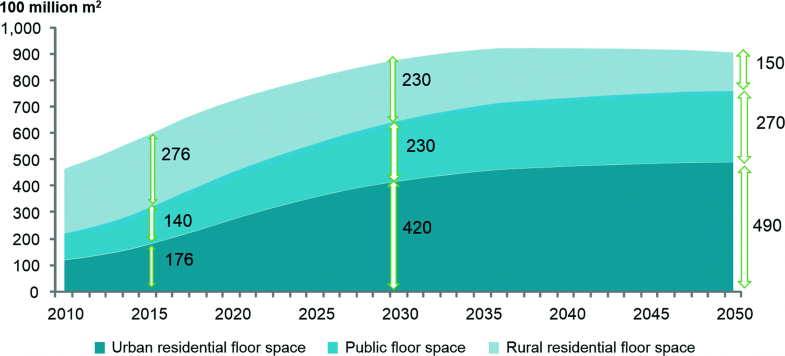A Binding Price Floor Causes Wasted Resources
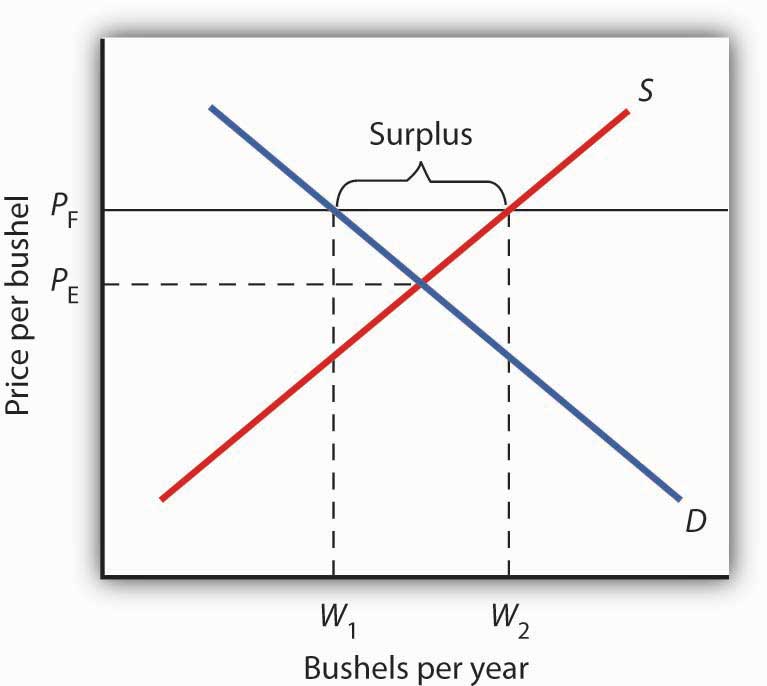
D was based on the principle of low prices and low quality.
A binding price floor causes wasted resources. A binding price floor occurs when the government sets a required price on a good or goods at a price above equilibrium. A binding price floor causes. Inefficiently low quality. An example of a price ceiling would be rent control setting a maximum amount of money that a landlord can.
An example of a price floor would be minimum wage. Efficiency and price floors and ceilings. A shortage in the market. And french wines are substitutes in consumption if the u s.
D a surplus in the market and wasted resources. The current equilibrium is 8 per movie ticket with 1 800 people attending movies. Like price ceiling price floor is also a measure of price control imposed by the government. The persistent unwanted surplus that results from a binding price floor causes inefficiencies that do not include.
A surplus in the market and wasted resources. Figure 2 b shows a price floor example using a string of struggling movie theaters all in the same city. A a shortage in the market b a surplus in the market c wasted resources d a surplus in the market and wasted resources. B led to a misallocation of resources by preventing the entry of innovative airlines.
The original consumer surplus is g h j and producer surplus is i k. A binding price floor causes. A a shortage in the market. It is legal minimum price set by the government on particular goods and services in order to prevent producers from being paid very less price.
The price floor regulation of the airline industry. D a surplus in the market and wasted resources. Because the government requires that prices not drop below this price that. But this is a control or limit on how low a price can be charged for any commodity.
C allowed the middle class the opportunity to fly at reduced rates. A surplus in the market. The government sets a limit on how low a price can be charged for a good or service. The government sets a limit on how high a price can be charged for a good or service.
B a surplus in the market. Which is not an inefficiency caused by price floors. A binding price floor causes. The persistent unwanted surplus that results from a price floor causes inefficiencies that include all of the following except the temptation to break the law by selling below the legal price wasted resources inefficient allocation of sales among sellers inefficiently low quality.
A surplus in the market and wasted resources. A inefficiently low quality b inefficient allocation of sales among sellers c wasted resources d the temptation to break the law by selling below the legal price.




